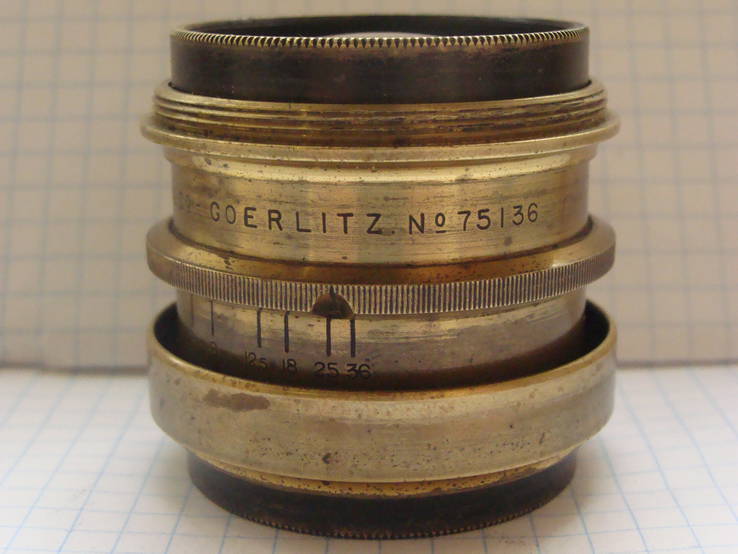

In May 2015, net SE created a new subsidiary, Meyer Optik USA Inc., to distribute Meyer-Optik-Görlitz brands in the United States. In 2014, net SE, a publicly listed company (NETK) founded in 1997, working with the brand manager Globell B.V., exhibited new lenses under the Meyer-Optik-Görlitz name at the Photokina trade fair and began delivering the lenses in December of the same year. However, despite privatization efforts, the company was unable to attract investors and was liquidated shortly after. In 1990, Feinoptische Werk Görlitz was spun off from VEB Carl Zeiss and converted into a private limited company and started to produce lenses with the Meyer-Optik logo. Many products were discontinued in favor of competing models produced by Carl Zeiss, while the equipment required to produce high-quality zoom lenses could not be procured. After being integrated into the VEB Pentacon and VEB Carl Zeiss collectives, the Meyer-Optik name was no longer inscribed on lenses after 1971. In the post-war era, the company produced mainly Trioplan triplets, usually for viewfinder cameras produced by Dresden-based camera manufacturers Welta, Balda, Beier, and Altissa. During World War II, civilian production discontinued and mainly optical components for telescopes were produced.Īfter the war, the company was expropriated from the Saxony armaments industry and management under the name VEB Optisch-Feinmechanische Werke Görlitz. In 1936, the company was renamed Optische und Feinmechanische Werke Hugo Meyer & Co and produced approximately 100,000 lenses a year.

Rudolph also gave Meyer Optik access to his patent for the so-called Plasmat lenses, which at the time included one of the most powerful lenses in the world. Studio camera "Görlitz" Germany, 1930's, National Polytechnic Museum in SofiaĪ key business decision was made in 1920 when the company decided to work with former Zeiss developer Paul Rudolph, who was previously significantly involved in the success of the Protar, Planar and Tessar lenses.


 0 kommentar(er)
0 kommentar(er)
